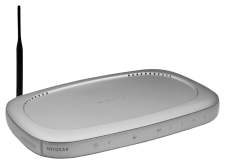WEP
Stands for "Wired Equivalent Privacy."
WEP was a security protocol used by first- and second-generation Wi-Fi networks. It was part of the original 802.11 Wi-Fi specification, using encryption to protect data transmitted over radio waves. Due to significant security vulnerabilities, WEP was deprecated and replaced by WPA and WPA2.
WEP was introduced with the original Wi-Fi specification and served as the standard method of encrypting traffic for 802.11a and 802.11b networks. It used a shared key to encrypt and decrypt data packets, known as the "WEP key," which also served as the network's password. These keys were 40- or 104-bit hexadecimal strings and, when combined with the 24-bit initialization vector, could encrypt network traffic with 64- or 128-bit encryption. The initialization vector changed with each new data packet, so the encryption key changed constantly.
However, WEP was ultimately vulnerable to eavesdropping. The shared key that protected data packets was static, and using only 24 bits for the initialization vector meant that encryption keys would eventually repeat. If given enough time, eavesdroppers could intercept enough packets to decrypt the key. Within a few years of WEP's introduction, computers were fast enough to crack WEP encryption within a few minutes. WEP was deprecated and replaced with WPA encryption for 802.11g networks, starting in 2003.
 Test Your Knowledge
Test Your Knowledge